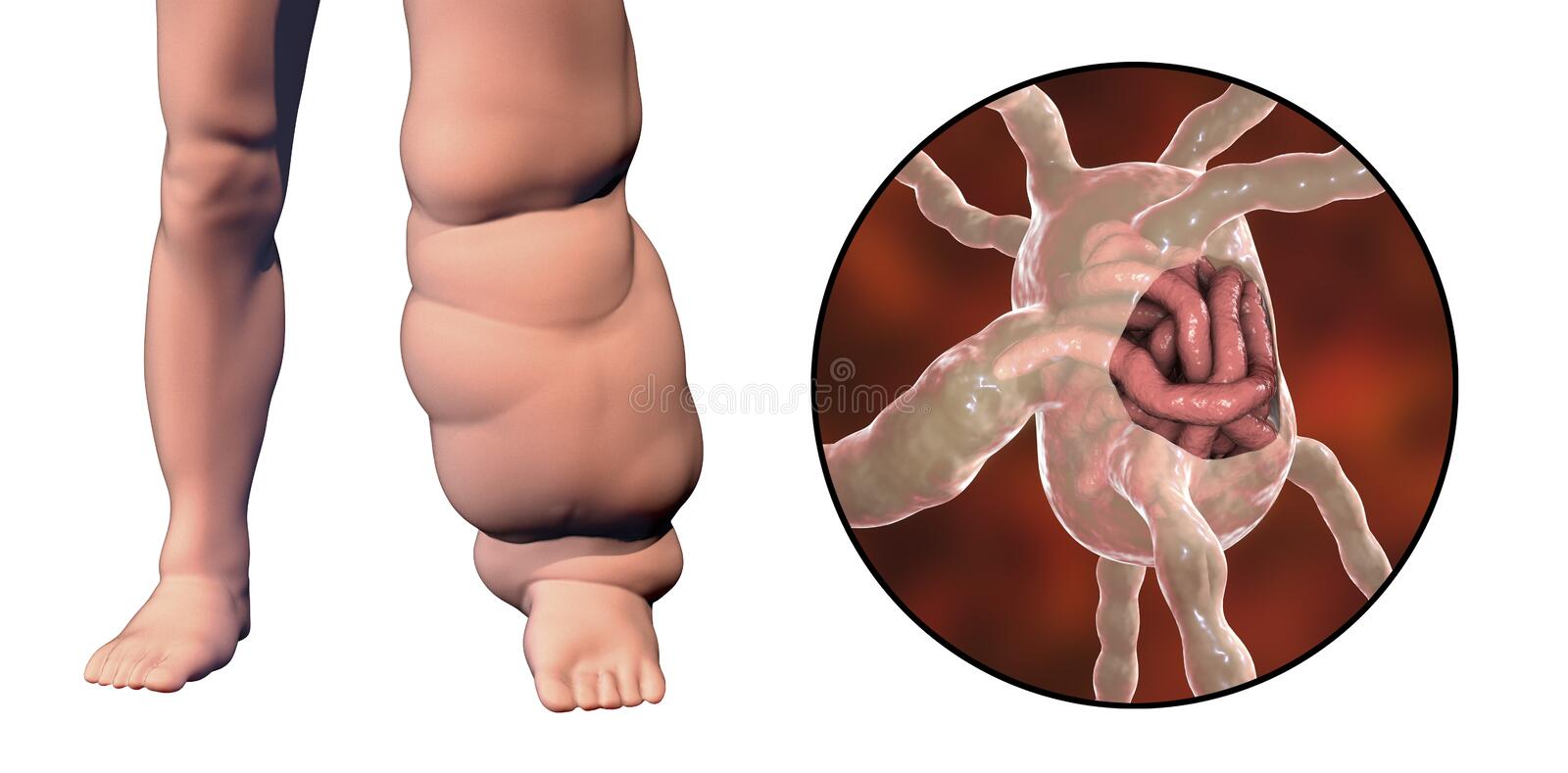IN NEWS: Lao PDR becomes the second country in 2023 after Bangladesh to eliminate lymphatic filariasis.
- Lao People’s Democratic Republic has eliminated lymphatic filariasis (LF), a disease that cripples and has a significant social and economic impact on the affected communities, according to the World Health Organization.
Lymphatic filariasis
- India aims to eliminate filariasis by 2027, three years ahead of the global target.
- Lymphatic filariasis, commonly known as elephantiasis, is a neglected tropical disease.
- Infection occurs when filarial parasites are transmitted to humans through mosquitoes.
- Infection is usually acquired in childhood and causes hidden damage to the lymphatic system.
- Lymphatic filariasis is caused by infection with parasites classified as nematodes (roundworms) of the family Filariodidea.
There are three types of these thread-like filarial worms:
- Wuchereria bancrofti, which is responsible for 90% of the cases.
- Brugia malayi, which causes most of the remainder of the cases.
- Brugia timori, which also causes the disease.
Lymphatic filariasis is transmitted by different types of mosquitoes
- Culex mosquito, widespread across urban and semi-urban areas
- Anopheles mosquito,mainly found in rural areas
- Aedes mosquito, mainly on endemic islands in the Pacific.
Symptoms
- It involves asymptomatic, acute, and chronic conditions.
- In chronic conditions, it leads to lymphoedema (tissue swelling) or elephantiasis (skin or tissue thickening) of the limbs and hydrocele (scrotal swelling).
Treatment
- The WHO-recommended preventive chemotherapy strategy for lymphatic filariasis elimination is mass drug administration (MDA).

